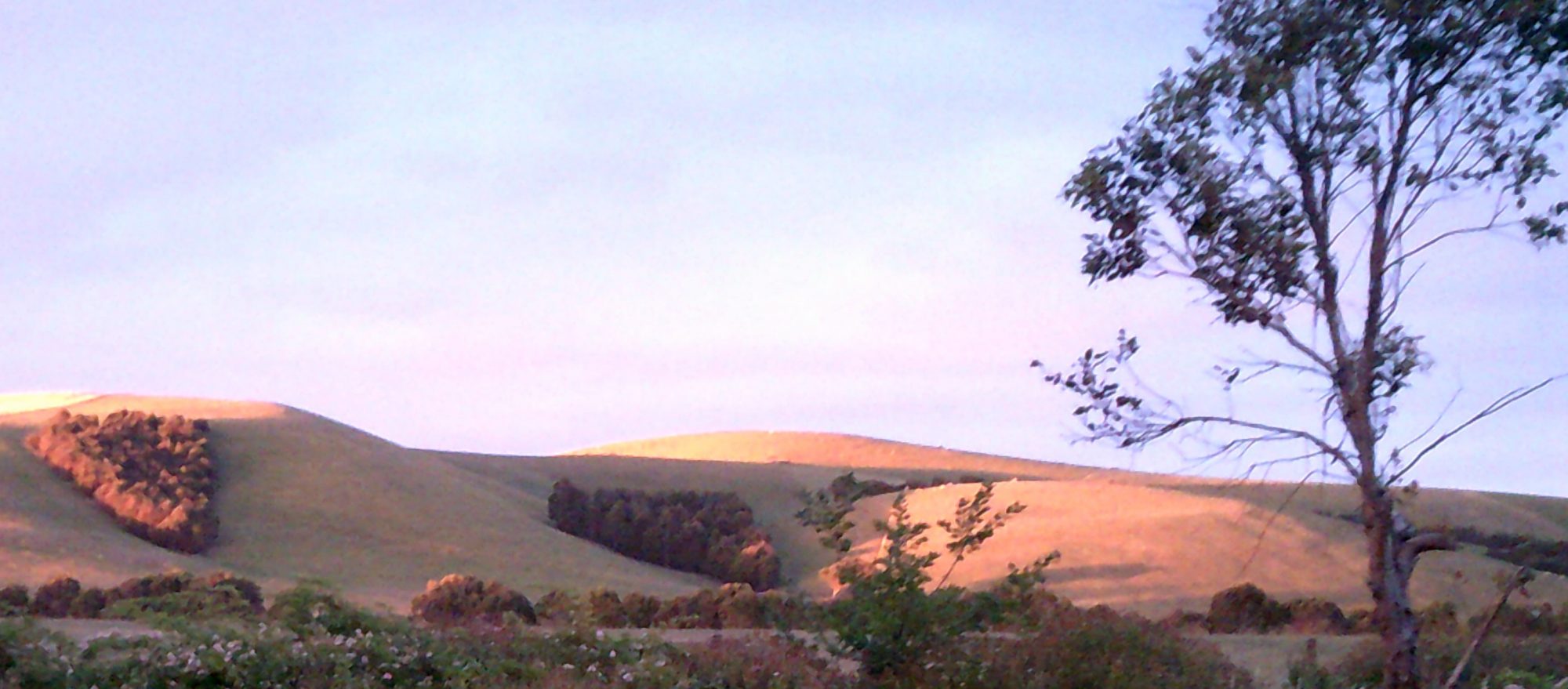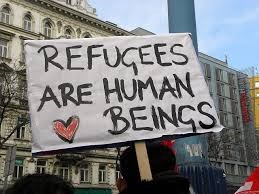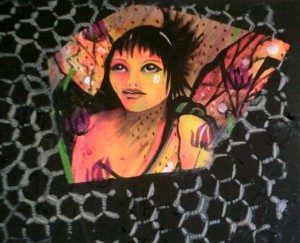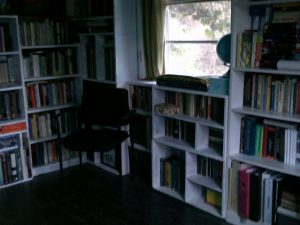 Image of the Tate Gallery 1964, Google Images.
Image of the Tate Gallery 1964, Google Images.
As one grows older there seems to be the tendency for remembering the past, whether simply for pleasure or because there was an important lesson to be had. Also, the things we appear to remember the most are the pleasurable and exciting experiences or those that are particularly unusual and quirky. These quirky times arouse the most emotion and hence the strongest of recollections.
One short episode that stayed in my mind for many years happened when I first stepped out into the world as an adult; well, near adult! I formed one of my closest friendships with a young woman I met on a train. Her name was Linda Levine, she was very gregarious, totally crazy, in the nicest possible way and very giving. Linda opened my mind to the notion of personal revelation. I recall her saying, “what is hidden inside, for whatever reason, needs to be revealed and shared because it can bring people together in all kinds of circumstances”. Linda seemed like the wise teen of a wise mother, but sharing did not come easily to me because I was an only child and I grew up very protected from the world, introvert and isolated. Only children tend to live in a bubble of their own making, it is a very head-spaced existence so I did not bode well with Linda’s ideals , it took time and a lot of work on my self to understand her.
I was sixteen when I met Linda. We were both travelling on a late night train from London to the coast. We both occupied a single compartment marked for the use of “Ladies Only”. Linda was heading for Westcliffe-on-Sea, a small township on the River Thames estuary. I was going back to Canvey Island, a similar small landmass situated just off the coastline with a bridge that connected it to the mainland. The island was called after Cana’s people and it was my home for nine years until I moved back to my origins in London.
We were alone in the carriage, just the two of us, perfect strangers, yet wildly curious about the other’s paths. Linda was about my age and she was dressed in a bright red coat, which matched the colour of her lipstick. The colour red usually turned me away from people, my mother believed it to be gaudy and in poor taste. Not this time, I ignored my mother’s evaluation as I was drawn to the figure that sat opposite me in a way that was unusual and inexplicable.
At first there was a mutual awareness of each other’s presence, but also a noticeable and awkward silence existed between us. It was the kind of fear based silence that happens when you want to say something , but reconsider the implications of such a bold move. There is always the fear that one might be offended, or worse; one might experience complete rejection.
As two nonplussed bodies, we sat in this same space of silence as the train pulled out of the station. The whistle blew and a puff of smoke flew past the window. We glanced at the smoke simultaneously as if this might break the silence. There was a meeting of the eyes between the two of us, then my overtly ostentatious companion broke her silence. With great gusto Linda leaned forward and asked me a question, “are you Jewish?” It was an inquiry that had been put to me often, but for the sake of being too conspicuous I usually avoided answering. Nonetheless, Linda pursued her question. “Are you Jewish?”
Captivated by the the flashing brown eyes and astute demeanor I answered, “My mother is a Christian”. I thought my rather terse response would put an end to the inquiry, but I had no such luck.
My fellow traveller was looking at me with a strong and determined expression and again she asked, “Are you Jewish? You look Jewish,” she said.
“So people tell me”, I answered.
There was no doubt the question embarrassed me. When I was growing up we did not talk about politics, religion or sex, it was considered impolite and ungainly to do so, but I could see that Linda would not concur with such a view. It was then with much relief that the topic was changed and we talked about our respective journeys on the Fenchurch Street steam train.
Linda was returning home to Westcliffe-on-sea after a night at the movies in the West End. I was visiting an elderly women who had been taken ill, she had been my carer for many years after my grandmother passed away.
“Where do you live?” Linda asked.
“Mayfair”, I replied.
Linda’s eyes lit up and her smile extended to a gaping
“Wow!” She had to compose herself to continue the conversation. Only the rich lived in Mayfair and clearly, I was not of that ilk.
“Mayfair”, she retorted.
“Yes, Mayfair”.
By the time the forty-minute journey had ended I knew everything about Linda that she wanted to tell me. Her father had passed away and Linda and her mother needed to move from the coast to London so they could be closer to to employment. Both Linda’s parents had been tailors working in Saville Row, but they had fallen upon hard times. Linda’s mother now worked in a clothing factory and Linda was looking for a job.
There was a small flat vacant in the apartment block where I lived so I suggested that Linda and her mother inquire about it. The flat was close to shops, near the America Embassy, and not far from Park Lane” , I thought they might like it. I knew they would like it. Who would not like a Park Lane address?
The train pulled into Benfleet Station and I alighted, Linda waved to me as I walked along the platform to the gateway. As I made my way to the bus stop I contemplated further on the prospect of having Linda and her mother living next door to me. I had secured an apartment in the building myself with a pure stroke of luck, my boss knew someone who was departing the country. The building was historically unique and it housed a particular kind of resident, they were upwardly mobile and very discrete. I wondered how the effervescent, vivacious and excitable Linda would fit in.
A few weeks passed and I never saw Linda on the train again, but then on one evening on my return home from work, who should I see strolling aimlessly down the grand staircase of the Leas Mews apartment building, but Linda. I did not recognize her at first, the dull jeans, red coat and lipstick she wore at our first meeting had been replaced with an elegant Channel wool suit. She looked glamorous and her attire was immaculate as if she had just stepped out of a posh Parisian couture. Indeed, she had, Linda and her mother had acquired a significant inheritance and had been on a shopping trip to Paris.
The following day Linda knocked on my door and told me how her father’s inheritance had brought all her dreams to fruition. They were now residents of Mayfair, albeit in a one room apartment with a bathroom shared with all the other residents on the second floor.
I got to know Linda and her mother quite well, they were kind, conservative and sometimes over demanding. Like all Jewish mothers, Linda’s mother wanted the best for her daughter and that meant marriage to a nice Jewish boy, preferably a rich one. Further, in the absence of my mother, I had become like a second Jewish daughter to this kindly woman , hence I was subject to the same advice. “Find a good and wealthy husband”. Matrimony was the expectation of the times and the ultimate goal for most women under twenty five, but not for me, I had other ambitions to follow.
Linda and her mother were big spenders so the inheritance money was not to last, two wardrobes of expensive clothes and trips to restaurants in limousines soon ate into the funds. Linda’s mother had failed to secure an an affluent spouse for her daughter so they were both forced back to work.
Linda had some difficulty finding work, she had not achieved well at school and her character could be flippant and overwhelming. Then a few weeks later, despondency turned to enthusiasm as Linda was given a position as the receptionist at the Egg Marketing Board. It sounded like good employment.
A few more weeks passed then as Linda was again descending the grand stairway from her apartment I noticed that she was looking quite miserable. I had anticipated a drop in optimism, but Linda was feeling helpless and deeply moribund. She was not copying with the responsibility that was asked of her and I was concerned. It begged the question, what had happened to this happy-go-lucky mashugana that I had met on the coastal train? What stood before me someone who was totally lost.
Mother and daughter were struggling. Linda and her mother had sold a lot of their belongings to pay the rent and life in Mayfair had reached a painful hiatus. They were on the move again. Linda was looking so very depressed that I tried to cheer her up by suggesting we have dinner together. ” I have two tickets for an opening at the Tate Gallery,” I said, “would you like to come with me?” She was a little taken a-back, but agreed to come.
We arranged to meet me for dinner the following day and attend the exhibition opening. I found a suitable gown for Linda to borrow and when I got to the office I booked a chauffeured driven limousine on the company account. My boss allowed me to do this for special occasions and Linda, a suitably humbled Jewish girl in trouble, was a special occasion.
The following morning was one of routine, sorting mail and answering phone calls so the day passed quickly. I left the office in good time to walk to the Egg Marketing Board where I had arranged to meet Linda. The office where Linda worked was not was not easy to find. Most big corporations had big buildings, but the number Linda gave me led me to a narrow stairway up onto the first floor of what had previously been a clothes store. I climbed the stairs and knocked at the door. There were strange noises coming from the other side of the barrier. “Who is it?” a voice answered.
“It’s me, we had a dinner date, remember?”
“Hold on”, came the muffled reply.
I waited a minute or two and suddenly the door opened.
“Come in” said Linda.
As I walked into the room all I could see was cage upon cage of very disgruntled chickens screeching and flapping their wings in protest. I looked at the birds and looked back at Linda, but before I could ask the question she explained that the chickens were for a exhibition and they were just in the office overnight until someone picked them up and transported them to the appropriate venue.
“Oh! Are you ready?” I asked. “I have a car waiting, but we have to walk back to Green Park”. Green Park was about twenty minutes away.
Linda was dressed in the gown I had given her and she had indulged in a beautifully styled hairdo at a popular salon. She obviously wanted to be her best and it would have cost her a large chunk of her wages. “Come on”, I said trying to hurry her up. “We do not want to be late”
Linda answered hesitantly, , “ Nearly ready, I just have to feed the chickens”.
Linda opened a bunch of sacks and transferred handfuls of grain from inside the bags onto large bowels that were on the floor of the chicken’s cages. There would have been more than a hundred chickens of all shapes and sizes so the task took a good half an hour or so and I could see that Linda, who was generally highly strung, was getting more and more anxious. “Are we going to be late?” She asked.
“Yes, come on, hurry”, I replied.
Eventually the feeding frenzy was over, Linda opened the front door and we were on our way. However, before the front door closed again, Linda turned to me, “wait a minute” she exclaimed, “I have forgotten something”.
It was too late, Linda had forgotten to lock the cages and as she approached the stacked wire pens she encountered a host of marauding birds fluttering in all directions, there were like giant flies that had been caught in a jam jar. After one bird found the open door to the stairway, others followed. Soon an entire army of chickens was hurrying down the stairs towards Oxford Street.
It was after five o’çlock and hordes of people were late night shopping or making their way home from work. For a moment we both stood mortified in the middle of a second lot of wing-flapping escapees. Linda became hysterical and tears rolled down her face. “I am such a Schmuck” she said, ” nothing ever goes right for me.” Very little did seem to go right for Linda.
Linda was destined to lose the job anyway because she lacked the skills to be a receptionist. She was absent minded, irrational and often silly, but after getting to know her, I loved her for her innocence.
We set about trying to catch some of the chickens, but it was an impossible task. There were shouts and screams coming from the street as people tried to brush away the creatures that had perched on heads and shoulders and whose desperate attempts at freedom terrorized the bevvy of shoppers and nighttime commuters. There were chickens everywhere trying to negotiate their way through the crowds of disoriented people. Women screamed, children cried; some people saw the funny side of it, but most were frustrated and frightened. One or two chickens might have been manageable, but in their hundreds the scene resembled a horror movie.
We both ran after a small group of chickens that were about to descend into the underground. We were too late, they were heading down the stairs and onto the escalators. We followed them. Several station officials attempted to round up the flying visitors, but they too were unsuccessful. An incoming train stopped in the station and as the doors opened, in flew the chickens. The train was heading into the tunnel before anyone realized what had happened. The police arrived and put up barriers, but the chickens simply climbed over them. Human life was coming to a standstill due to an invasion of prized exhibition poultry. The television station had been alerted, but they were too late to catch the best of the action.
We made our way onto the street again. The chickens were running along pavements, jumping onto cars, entering stores and settling onto the platforms on London buses. There was nothing we could do except watch.
With a deep sigh and a lot of wishful thinking we pushed through the crowds and made our way back to my office. Linda’s very expensive hair style had accrued and sheath of white feathers. I could only make fun of it. “Madam, you have a new hair fashion, how elegant, you will set the trend for the season”. Linda raised a smile and we both laughed. We had managed to glean some amusement out of a catastrophe and we still had time to get to the gallery.
When we got back to my office the limousine was waiting. We cleaned up and eventually we made our way to the art exhibition. Linda still had feathers in her hair. Our invitations were collected at the door and inside we sat at a table ready to listen to the opening speech. We watched as the rich and famous negotiated sales of some the world’s greatest paintings. Linda knew nothing about art and she was bored so she left the table and wandered around the gallery. When she finally arrived back at the table she told me she had met an American art dealer who had asked her out. She was meeting him for lunch at the end of the week. I was pleased for her knowing that her mother would be just ecstatic.
We had missed dinner so when we left the gallery and ditched the limousine we walked to an all-night café. We ate, chips, chocolate cake and soy ice cream. We chatted, laughed and acted like two normal working girls. It was nice and it was comfortable. We bonded, but as time passed the friendship dissipated. I knew Linda had lost her job and she and her mother had to find cheaper accommodation. The next thing I heard Linda and her mother had gone to America where Linda was getting married.
About a year later, quite by chance, I bumped into Linda again on the Fenchurch Street to Southend train. She was sitting alone in the “Ladies Only” carriage. I got in, greeted her with much delight and surprise and sat down on the seat opposite. She smiled at me. I could see she was pleased to see me. There was a moments silence. “Are you Jewish?” She asked. We both just burst into a fit of laughter. It was as if nothing had separated us.
Linda told me that she had married her art dealer and was on holiday visiting family. “Mazel tov”!
We continued laughing as we recalled the events of the mass chicken escape and the night at the gallery. Neither of us would ever forget it.
I was again vising my old carer on Canvey Island, but when I arrived I was told that she had died.
Linda returned to America and I had no need to catch the coastal train again. A new passage in life had opened for Linda and for me. I never saw or heard from Linda again and life simply moved forward as it always does.





 Google Images.
Google Images.



